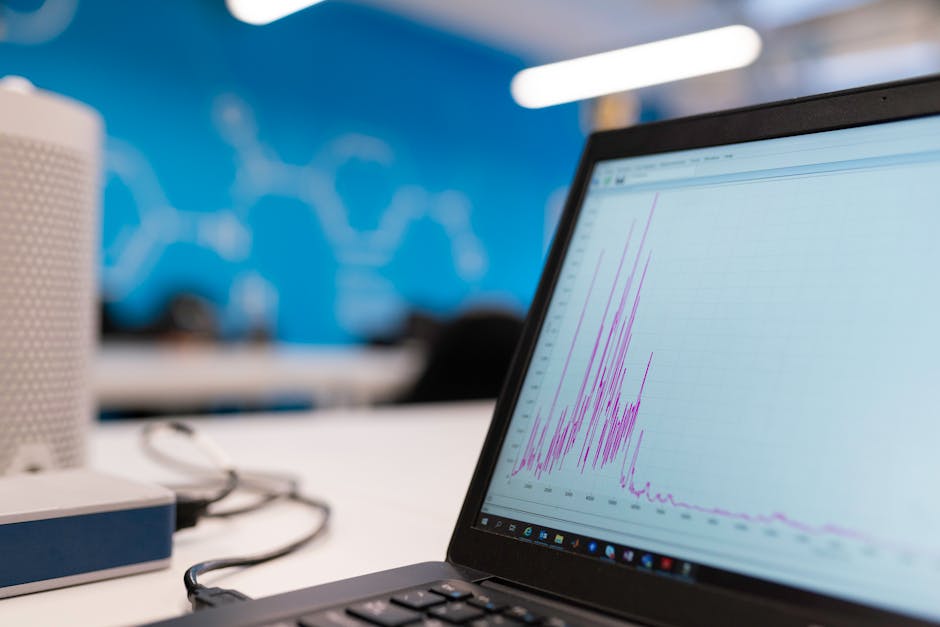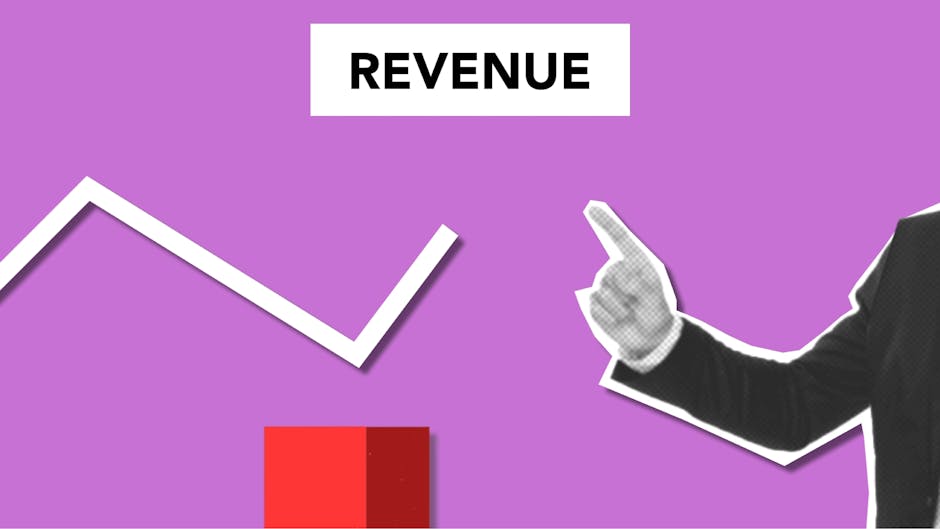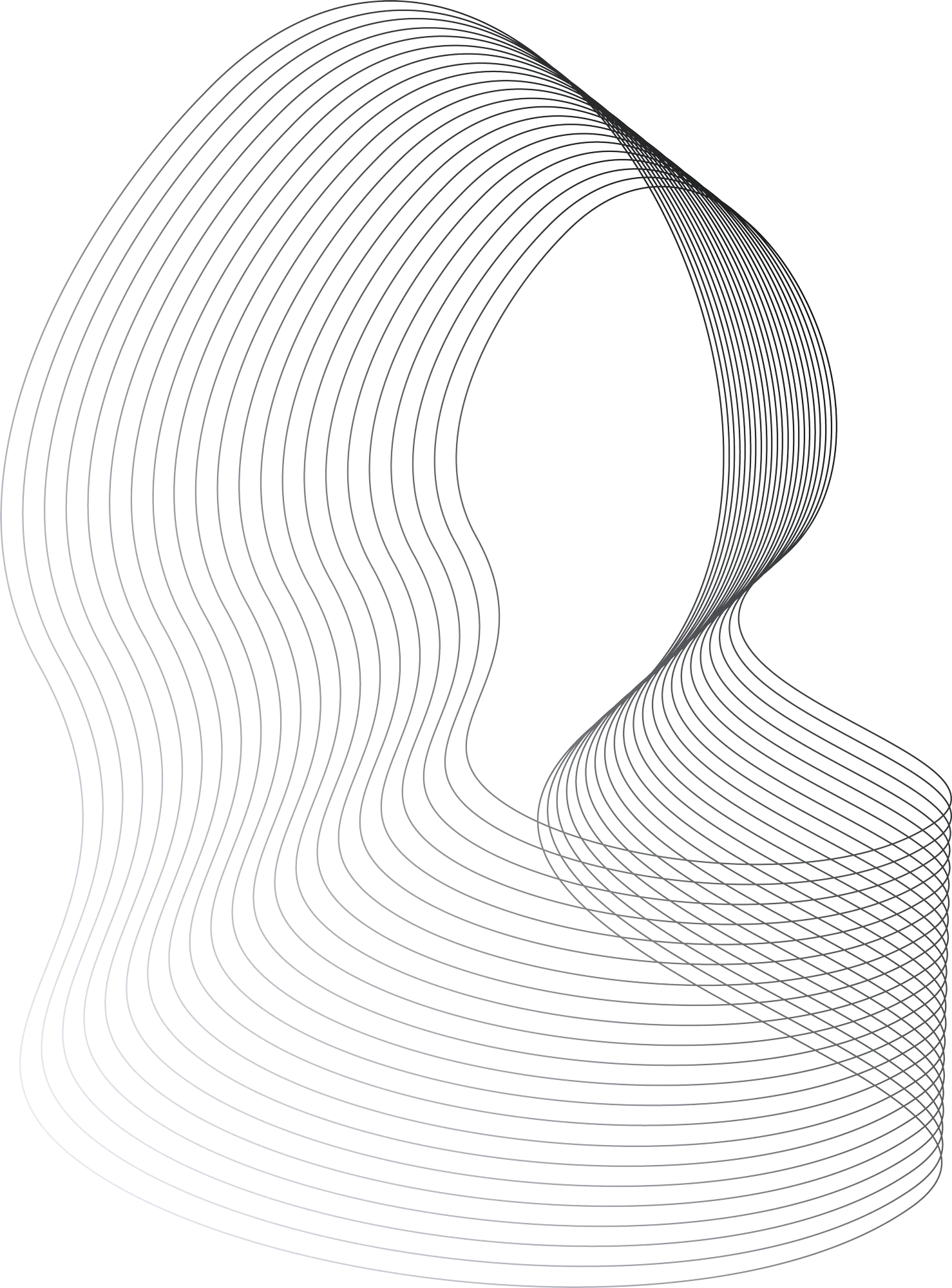Beyond the Numbers: Software for Smarter Donor Analytics

Why Nonprofits Need Donor Analytics Software Now More Than Ever
Donor analytics software helps nonprofits turn raw supporter data into actionable insights that drive better fundraising decisions. If you're searching for the right solution, it's crucial to prioritize features that deliver real value:
Key Features to Prioritize:
- Real-time donor insights and predictive scoring
- Automated segmentation and personalized outreach tools
- Wealth and philanthropic data integration
- CRM connectivity and seamless data flow
- Visual dashboards and custom reporting
Most nonprofits collect mountains of data but struggle to use it effectively. You track donations, email opens, and contact details, but when it's time to identify major gift prospects or launch a new campaign, you're often left guessing.
This is happening amidst a sector-wide retention crisis. With first-time donor retention hovering below 20%, the high cost of acquiring new donors makes keeping existing supporters more critical than ever. Without the right tools, acting on this knowledge systematically is nearly impossible.
Donor analytics software bridges this gap. It transforms scattered data into clear patterns, revealing who is likely to give again, who is ready for a larger ask, and who needs attention before they lapse. The technology analyzes giving history, engagement, and demographic patterns to surface insights you'd never spot manually.
With AI now entering the space, only 13% of nonprofits are currently leveraging predictive analytics, giving early adopters a significant competitive advantage.
I'm Mahir Iskender, CEO of KNDR.digital, where we help organizations implement AI-powered fundraising systems and donor analytics software that turn data into growth. We specialize in replacing guesswork with data-driven strategies that improve retention and revenue.

Simple donor analytics software word guide:
What is Donor Analytics Software and Why is it Crucial for Nonprofits?
Donor analytics software transforms the information you collect about supporters—donations, email clicks, event RSVPs—into insights you can actually use. It’s the difference between a filing cabinet of records and a clear roadmap for your fundraising.
It's important to distinguish between donor data (the raw information) and donor analytics (the process of drawing conclusions from that data). Donor data is the information that feeds donor analytics, while "analytics" either refers to the process of drawing conclusions from data or the conclusions themselves.
Why does this matter? Because gut feelings are no longer enough. While many nonprofits use software to store donor information, the real power lies in analyzing it to drive smarter decisions. Donor analytics software helps you build smarter strategies, improve financial planning with accurate predictions, and strengthen the supporter relationships that fund your mission. When you accept Data-Driven Fundraising, you shift from reacting to problems to proactively building a sustainable donor base.
Understanding the Core Benefits
Implementing donor analytics software fundamentally changes how your organization connects with supporters.

- Improved Donor Retention: It's far less expensive to retain donors than to acquire new ones. Analytics acts as an early warning system, flagging disengaged supporters so you can reach out before they lapse. This directly translates into a higher ROI for your fundraising efforts.
- Deeper Donor Relationships: Today's supporters expect personalization. Analytics allows you to tailor communications, adjust ask amounts, and time your outreach based on individual behavior. This transforms Donor Relationship Management from generic blasts into genuine connections.
- Operational Efficiency: These tools automate tedious tasks like data entry and reporting, freeing your team to focus on mission-critical work. With mobile access, your staff can make informed decisions from anywhere, improving responsiveness.
How Analytics Boosts Donor Acquisition and Retention
Donor analytics software improves both sides of the fundraising equation.
For acquisition, analytics helps you identify your ideal donor profile by analyzing patterns among your current supporters. You can then focus your outreach on reaching similar people, which lowers acquisition costs and improves conversion rates.
For retention, the software acts as a radar, tracking engagement beyond just donations, including event attendance, volunteerism, and email activity. When a supporter shows signs of disengagement, you get an alert, giving you time to intervene with personalized outreach before they lapse completely.
Analytics also helps you upgrade donors. By analyzing giving frequency, recency, and average gift size, the software can identify supporters who are ready for a larger ask or who may be hidden major gift prospects. This makes your requests feel like thoughtful invitations to deepen their impact, which is key to improving your Nonprofit Fundraising Performance Metrics.
Opening up Insights: Key Types of Donor Analytics
Donor analytics software transforms scattered information into clear insights by looking at your supporters through different lenses. Donor analytics and donor data aren't synonymous; data is the raw material, while analytics is the process of making sense of it.
Combining different types of analytics gives you a complete picture for sophisticated supporter segmentation, enabling you to group people by meaningful patterns. This holistic view transforms fundraising from guesswork into strategic relationship building.
Demographic and Psychographic Analytics
These analytics answer "Who are they?" and "Why do they care?"
- Demographic Analytics covers measurable facts like age, location, and employment data. This helps you tailor communication channels and identify opportunities like corporate giving programs, sharpening your Nonprofit Digital Marketing efforts.
- Psychographic Analytics explores the "why" behind giving, including interests, values, and lifestyles. Understanding these motivations allows you to connect with donors on a deeper level by aligning your outreach with their passions.
Giving and Engagement Analytics
This type of analytics focuses on how supporters interact with your organization.
- Giving Analytics tracks financial patterns like donation frequency, recency, average gift size, and lifetime value. These metrics reveal your most loyal supporters and identify opportunities to upgrade giving, such as moving an annual donor to a monthly plan.
- Engagement Analytics captures non-financial interactions like event attendance, volunteer hours, and email open rates. Analyzing non-donation involvement is crucial, as it can signal a donor's commitment even when they aren't giving financially and can help you spot lapse risks early.
Predictive Analytics: The Future of Fundraising
Predictive analytics uses historical data and machine learning to forecast future behavior, allowing you to anticipate donor needs. This is the future of Digital Fundraising Strategies.
Key applications include:
- Propensity to Give Scores: Predicts how likely someone is to donate, helping you prioritize outreach.
- Major Gift Likelihood: Uses wealth screening data and philanthropic indicators to identify supporters with the capacity for major gifts.
- Churn Risk Prediction: Identifies donors who are likely to lapse, giving you time to intervene with personalized re-engagement campaigns.
With only 13% of nonprofits currently using AI for predictive analytics, early adopters gain a significant competitive advantage by making decisions based on sophisticated forecasts rather than instinct.
Essential Features to Look for in Donor Analytics Platforms
When evaluating donor analytics software, focus on features that make your team's life easier and your fundraising more effective. The right platform should actively help you understand your data and how to use it. Look for customizable dashboards, clear data visualization, and automated reporting. These fundamentals transform a simple database into a strategic tool, which is where effective Donation Tracking Software truly earns its keep.
Core Functionality for Effective Donor Analytics Software
Your donor analytics software must have certain core functionalities to be effective. Look for a platform that offers:
- Real-Time Data Updates: Decisions should be based on the most current information as donations and engagements happen.
- Advanced Segmentation Tools: The ability to filter your donor base using complex criteria is key to creating targeted, personalized campaigns.
- Customizable Dashboards and Reports: Your team should be able to see the metrics that matter most to their specific goals and create custom reports without needing a data science degree.
- Goal Tracking: Integrated goal tracking helps your team monitor progress toward fundraising targets in real-time and adjust strategies as needed.

- Wealth Screening and Prospect Research: These tools help identify supporters with the capacity to give more, allowing you to focus cultivation efforts effectively.
- Constituent Timelines: A 360-degree view of each donor's journey—including gifts, event attendance, and communications—provides invaluable context for planning your next interaction.
- Automated Workflows: Automating tasks like new donor welcomes or follow-up alerts saves time, ensures consistency, and prevents supporters from falling through the cracks.
Integrations: Creating a Connected Tech Stack
No single software does everything, which is why seamless integrations are essential. A well-connected tech stack eliminates data silos and manual entry by allowing data to flow automatically between your systems.
Key integrations to look for include:
- CRM Integration: Your analytics software should work flawlessly with your Charity CRM Solutions to create a single source of truth for all donor data.
- Email Marketing Platforms: Connect analytics to your email tools to segment audiences and track engagement, closing the loop between insight and action.
- Online Fundraising and Accounting Tools: Data from donation pages, event registrations, and accounting software should feed directly into your analytics system for a holistic view of your fundraising performance and financial health.
Before choosing a platform, audit your current software ecosystem to ensure the new tool will simplify your workflows, not complicate them.
Choosing the Right Donor Analytics Software for Your Needs
Selecting the ideal donor analytics software is a significant decision. The best fit depends on your organization's size, budget, technical expertise, and strategic goals. The market offers a vast array of options, making careful evaluation essential. The goal is to find a solution that meets your current demands and scales with your future ambitions. For a broader perspective, you might find our guide to Top Nonprofit Analytics Platforms Compared for 2025 helpful.
Evaluating Different Types of Solutions
When evaluating donor analytics software, you'll find a spectrum of solutions, from all-in-one platforms to specialized analytical tools. To find the right match, consider these key factors:
- Scalability: Will the software grow with you? Avoid systems you'll outgrow in two years or pricing models that become too costly as your database expands.
- Ease of Use: An intuitive interface is paramount. If your team finds the software difficult to use, you won't realize its full potential. Look for solutions with strong onboarding and training resources.
- Integration Capabilities: Ensure the platform connects seamlessly with your existing CRM, email, and fundraising tools to avoid creating more data silos.
- Cost Structure: Look for transparent, predictable pricing. Be aware of hidden costs for implementation, training, or advanced features.
- Support and Community: Check the availability and quality of customer support. An active user community can also be a valuable resource.
A Checklist for Making Your Decision
Follow this practical checklist for an effective selection process:
- Define Your Goals: Clearly state what you want to achieve (e.g., improve retention, identify major donors) to guide your feature requirements.
- Assess Your Needs: Audit your current data and identify your team's biggest pain points to distinguish "must-have" from "nice-to-have" features.
- Request Demos: Get personalized demonstrations from your top choices. Involve key team members and ask targeted questions.
- Inquire About Onboarding: Understand the implementation process, data migration support, and training to ensure a smooth adoption.
- Check User Support: Confirm the level of customer support offered (phone, email, chat) and the availability of a knowledge base.
- Read Reviews: Look for feedback from other nonprofits on customer service, ease of use, and real-world impact.
- Consider Your Budget: Get a clear understanding of all costs to ensure the pricing model is sustainable for your organization as it grows.
The Role of AI in Modern Donor Analytics Software
Artificial intelligence is revolutionizing how nonprofits connect with supporters. Yet only about 13% of nonprofits are currently using AI in their fundraising, creating a massive opportunity for early adopters. AI spots patterns and predicts future behavior in ways that are impossible to do manually.

At KNDR, we see how AI-powered systems transform fundraising operations. The technology automates tedious data analysis, freeing your team to build genuine relationships. This is the core of AI-Driven Fundraising: using smart technology to become more human, not less. AI-improved donor analytics software helps create personal and meaningful experiences that encourage supporters to give and keep giving.
How AI is Changing Fundraising
AI is reshaping fundraising in practical and powerful ways:
- Optimized Ask Amounts: AI analyzes a donor's history to suggest the optimal ask amount, removing guesswork and maximizing revenue.
- Hyper-Personalization: AI goes beyond using a first name to tailor every touchpoint—from communication style to content—to individual donor preferences.
- Hidden Major Donor Identification: By cross-referencing internal and external data, AI surfaces prospects with significant giving capacity who might be hiding in your database.
- Campaign Timing and Churn Prevention: AI can predict the best time to send an appeal and flag at-risk donors before they lapse, allowing for proactive re-engagement.
AI helps you connect with the right donors at the right time with the right message. We explore these strategies in our AI Nonprofits Best Practices guide.
Ethical Considerations and Best Practices for AI
The power of AI in donor analytics software comes with a responsibility to use it ethically.
- Data Privacy and Security: Protecting donor data is non-negotiable. Be transparent about how you use information and provide supporters with control over their data.
- Avoiding Algorithmic Bias: AI models can perpetuate historical biases. Regularly audit your data and models to ensure fairness. Practicing good data hygiene is a critical first step.
- Human Oversight: AI should augment, not replace, human judgment. Your team must interpret insights and maintain the personal touch that defines donor relationships.
By developing an AI governance framework, you can harness AI's power while honoring your ethical obligations and building deeper trust with supporters.
Conclusion: Making Data Your Most Valuable Asset
The organizations thriving today are making smarter decisions based on real insights. Donor analytics software is the bridge between having data and using it to transform your fundraising.
These tools help you understand who your donors are, what motivates them, and how to build lasting relationships. By boosting retention, personalizing outreach, and predicting future giving, you can stop working harder and start working smarter. With only 13% of nonprofits leveraging predictive analytics, early adopters are gaining a significant advantage.
However, technology alone isn't the answer. The most successful organizations pair powerful donor analytics software with genuine human connection and ethical data practices. They use AI to augment relationships, not replace them, and practice good data hygiene with human oversight.
At KNDR, we help nonprofits transform their fundraising with AI-driven systems that work. Our results-based model reflects our confidence: we promise 800+ donations in 45 days, or you don't pay. We combine advanced automation with holistic digital strategies and data-driven fundraising to open up impossible growth.
Your donor data is the story of your mission's impact. The question isn't whether to use analytics, but whether you're ready to stop guessing and start knowing. Ready to turn your data into your most powerful asset? Check out our services to see how AI-driven systems can transform your fundraising and help your mission reach new heights.



